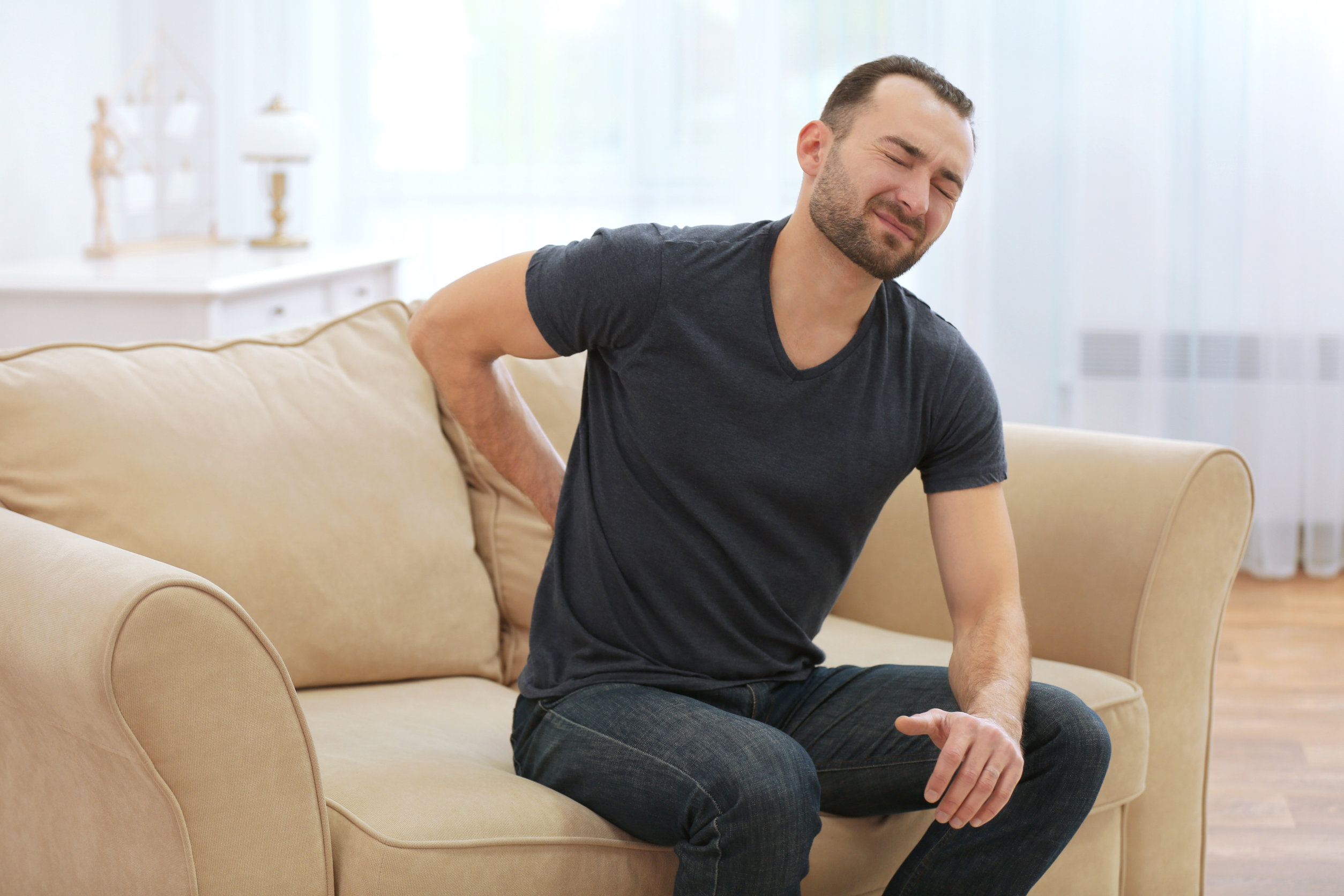Spinal stenosis is a prevalent cause of nerve problems stemming from the spine. This condition impacts the spinal cord and the nerve roots extending from the vertebra of the spine, potentially causing serious symptoms. Identifying the causes and signs of this spinal condition can help you receive the care that you need for optimal health.
Understanding Spinal Stenosis
Spinal stenosis occurs when the openings in the spine, called foramina, start to narrow. As these spaces become smaller, there’s less room for the nerves in the spine. Eventually, this condition can lead to compression of the spinal cord or a spinal nerve, which can cause a range of symptoms such as:
- Pain that can range from dull to sharp and may extend from the back into the arm(s) or leg(s)
- Weakness, often in the arms or legs
- Numbness or reduced sensation in the arms, legs, or other areas of the body
- Lost bladder or bowel control, which only occurs in severe cases
Causes of Spinal Stenosis
There are several possible causes of spinal stenosis, all of which relate to structural changes to the spine. These include:
- Osteoarthritis of the spine
Spinal osteoarthritis occurs when the cartilage that protects the spinal joints and discs breaks down, often due to the aging process. With less cartilage to pad the joints, the joints rub against each other. The body’s natural response to this friction is to form new bone tissue, called a bone spur. A bone spur is an overgrowth, and when it occurs in the spine, it can narrow the space in the spinal canal, leading to spinal stenosis.
- Thickening ligaments
If the ligaments in the spinal canal ossify, meaning that they become thicker and develop into bone tissue, the spaces in the spine can narrow. These thickening ligaments may compress spinal nerves or the spinal cord, eventually causing spinal stenosis.
- Herniated disc
A herniated disc occurs when the soft interior of a spinal disc presses through a crack in the disc’s firm exterior. The protruding center of the disc can take up space in the spinal canal and may compress nerves in the surrounding area. This can cause spinal stenosis.
At Hernando Orthopaedic and Spinal Surgery, we offer a range of advanced treatments for several conditions including spinal stenosis. Schedule an appointment with us today to learn more about your options for overcoming spinal pain.

